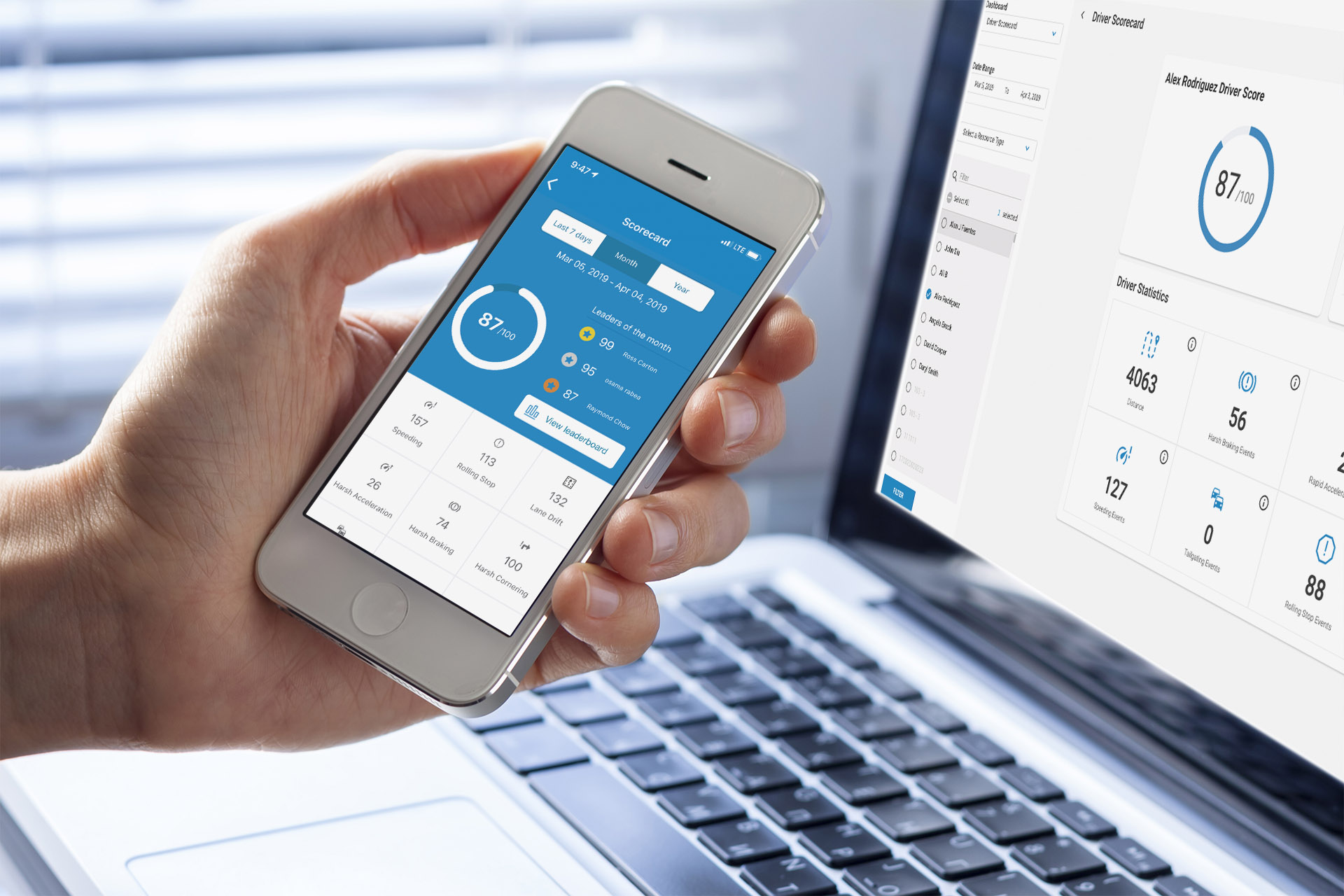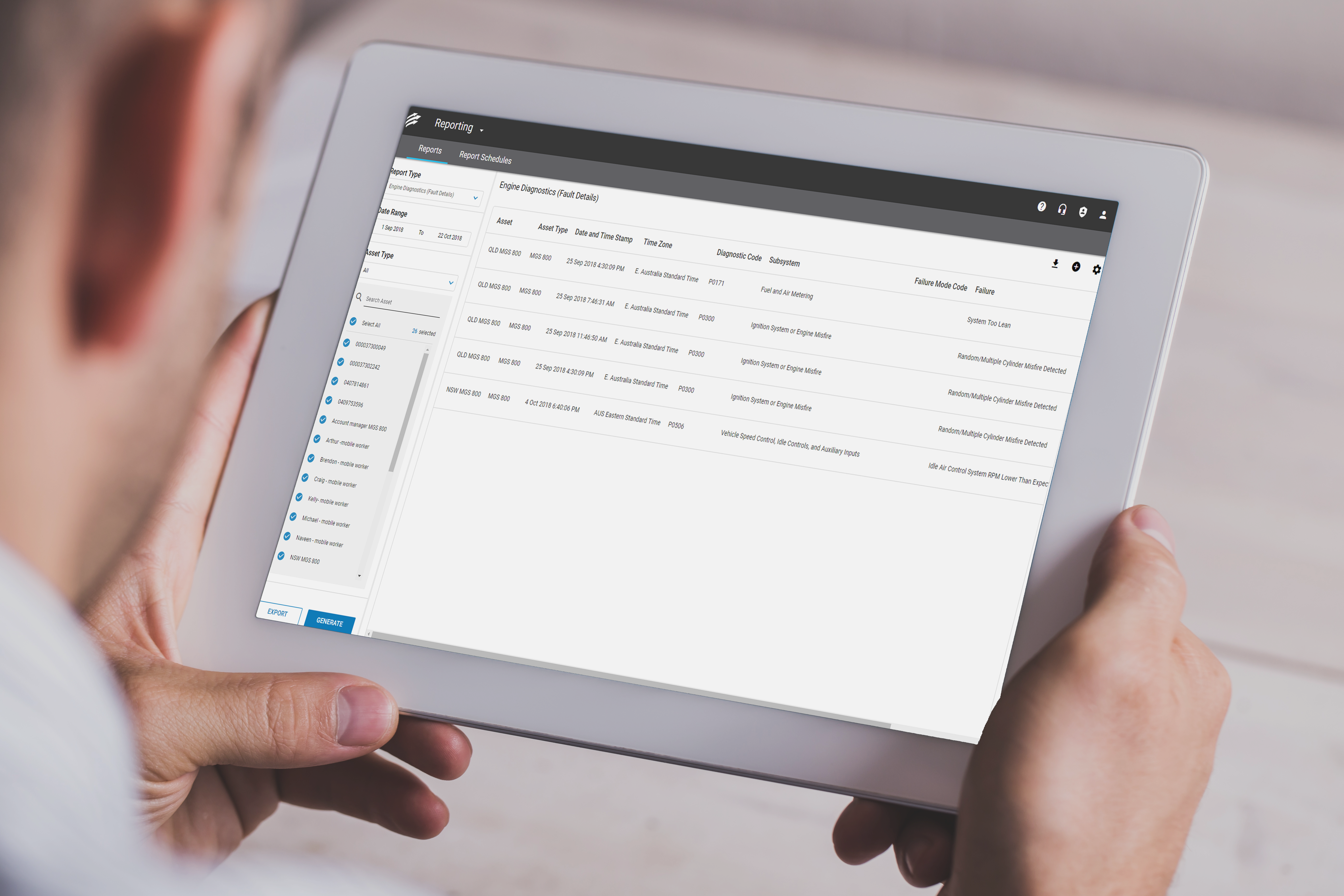The traditional work diary is a useful tool designed to monitor and track driving hours and resting times. However, in the last decade, the emergence of the electronic work diary (EWD) and the immense benefits it provides—from boosting driver safety to automating administrative tasks—has enabled it to become the new standard.
While it is optional for drivers and fleet managers to install EWDs, their ability to provide highly accurate records, reduce unnecessary paperwork, and eliminate any potential guesswork has allowed businesses to automate their fatigue management processes and improve fleet compliance. Furthermore, EWDs can also provide real-time alerts, which can help drivers reduce aggressive driving behaviours. Below, we’ll go through 3 benefits of using an EWD and why you should make the switch.
1. Automate the Fatigue Management Process
Fatigue is a major problem for many drivers. The Bureau of Infrastructure, Transport, and Regional Economics (BITRE) found that in 2016, driver fatigue was one of the top four causes of fatal car accidents in Australia.
While managing driver fatigue can be challenging, fleet managers can leverage EWDs and telematics to understand driver behaviour better. With traditional work diaries, drivers have to enter their driving and rest hours manually. However, with an EWD, drivers only need to tap a few buttons on a touchscreen device to record this data.
Digitally recording driving hours and resting times has significant benefits. These digital records are more accurate and transparent than traditional work logs. They’re also a simpler way for drivers to record essential driving and rest information. Additionally, some EWDs also pre-populate certain records, which reduces the time it takes for drivers to record their work and rest information manually.

EWD benefits can also significantly reduce the administrative burden for drivers, managers, and operators. Drivers and managers no longer need to keep a large paper-based record-keeping system. Instead, all their data is saved in the cloud. This allows managers and operators to retrieve electronic driver records whenever needed remotely. EWDs are also a great way for managers and transport operators to monitor their drivers and business to see where they can improve fatigue risk management.
2. Improve Fleet Compliance
When it comes to fleet compliance, the rules and regulations concerning safety management, vehicle maintenance, and hours of service differ everywhere in the world. However, regardless of where you are in the world, with an EWD, you can manage data and information more effectively. This makes it much easier to remain compliant with the laws of the region.
EWDs track driving hours and resting hours of your fleet drivers. EWDs can be used together with a fleet management platform to dive deeper into safety data and gather accurate information about a vehicle, like its speed, maintenance schedule or last repair. You can even analyse driving behaviour to identify the strengths and weaknesses of every driver in your organisation.
This personalised data enables custom feedback for every driver, which reduces crash rates, minimises risky driving, and improves accident investigations. As for transport operators and authorised officers, EWDs allow them to easily review past work, rest records, and vehicle maintenance records to ensure compliance with road safety and fatigue laws.
3. Boost Driver Safety
EWDs in combination with fleet management software is a powerful safety program for your business. It is engine-connected and equips your fleet managers with real-time data that allows operators to respond immediately in the event of an accident or breach. Real-time data also gives the ability to monitor their driving performance over time.
To add an extra layer of safety, you can incorporate video solutions, like Vision, a dashcam that not only functions as a reliable video recording tool, but the mobile app that it connects to also acts as a driver coach—giving your drivers live feedback on traffic violations while they’re on the road and a post-trip review as well. It also comes with a leadership scoreboard that ranks your fleet drivers so they can continuously improve .

While these benefits from EWDs save time, effort, and administrative burden, they also have an impact on your organisation’s bottom line. Because, when you drivers and vehicles are out of commission, you’re not making money, but paying for costly repairs or injury settlements.
According to Steve Nuttall from ACA Research, “The Australia Trucking Association…confirmed its support for EWDs and noted that their operational pilot of EWDs found that a 9% take-up of EWDs could deliver more than $200 million in savings in net present value to operators, EWD system managers, and authorities over five years – as operators will be able to enforce fatigue provisions more efficiently and with greater confidence in the data. Thus, the benefits of the EWDs are measurable and real for both the driver and the back-office.”
While EWDs are currently voluntary for fleet organisations, they provide immense benefits to drivers, managers, and fleet operators. EWDs provide highly accurate data that reduces the need for unnecessary paperwork, automate the fatigue management process, and give transport operators clearer data regarding hours of service compliance and aggressive driving behaviours.
If you’re interested in reducing costs, saving time, and boosting driver safety, try out our Fleet Complete demo.



















































































































































